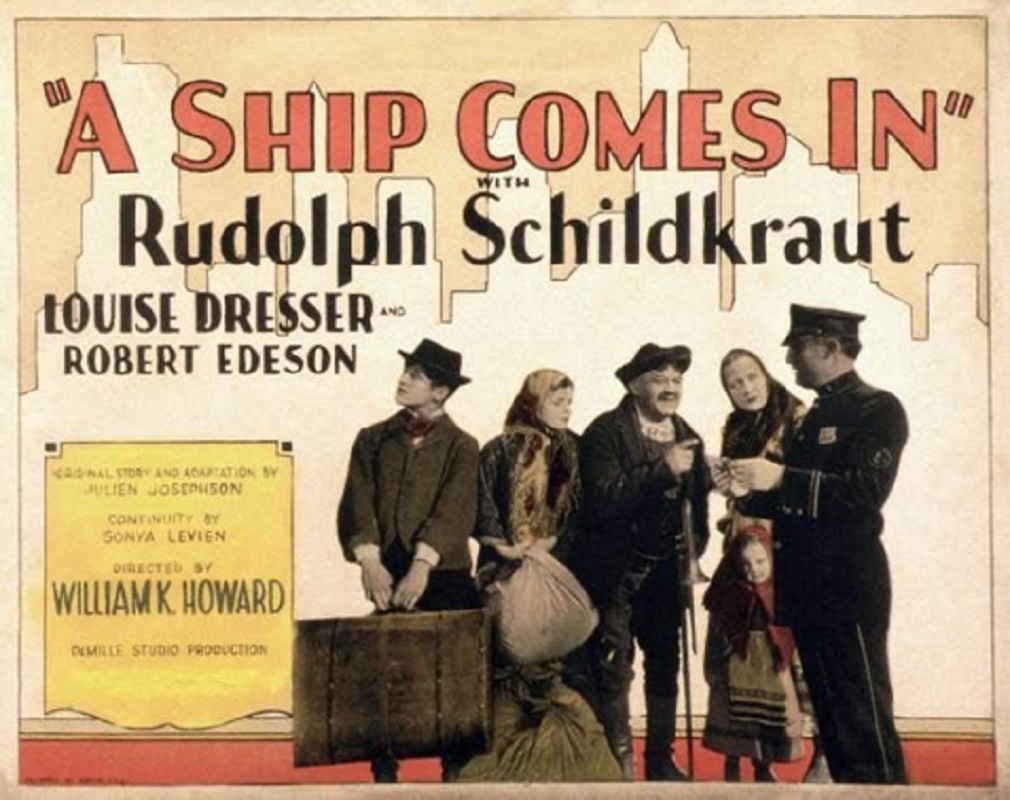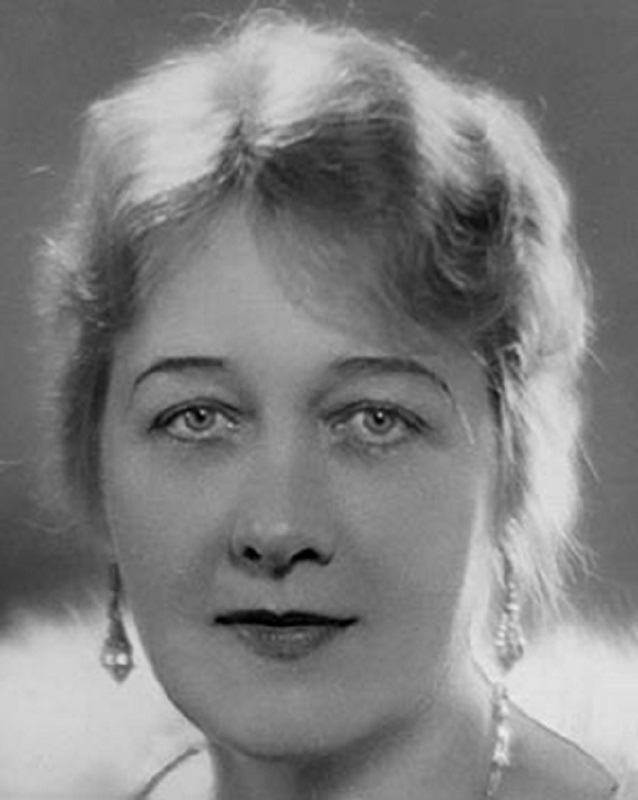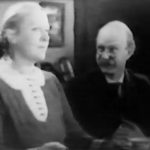



1927/28 A Ship Comes In
I have to admit, right off the bat that I was not able to see this entire film. I could not find it on Netflix, and so I turned to YouTube. There, the silent film had been split into 5 parts. Unfortunately, only parts 1, 2, and 4 were still available to view, and even then, the picture quality was pretty poor. So I couldn’t even see the film’s climax.
In the first two parts of the film I was able to watch, Louise’s performance was fairly unremarkable. She is just sort-of… there. The script didn’t really demand much more of her. In part 3, I must have missed the moment when her son becomes a soldier and leaves for war. In part 4, I watched her in a courtroom, pleading passionately with a judge as her innocent husband is found guilty of a terrible crime. The horrified look on her face as he is taken away to prison was pretty good.
But it were two missing scenes in part 5 that, I’m guessing, must have made her stand out to Academy voters. First, there had to have been a scene in which her husband’s innocence is discovered, and he is restored to her. And second, there is apparently a scene in which she learns that her son has been killed in battle. I would have liked to see those scenes.
I wouldn’t exactly call Dresser a beauty, but playing the part of a poor immigrant woman, she was made up to be a little more plain in appearance. And to the film’s credit, they paid proper attention to her age, taking her from a younger woman to a more mature matron gradually enough to be believable. I think she was well-cast as a wife and the mother of three children.
But I’d also say the film is really more about her husband than about her, and in the three parts that I was able to watch, there just wasn’t much about her character, or her acting, that stood out. Again, I’m guessing there must have been more for the Academy voters to work with in parts 3 and 5.





